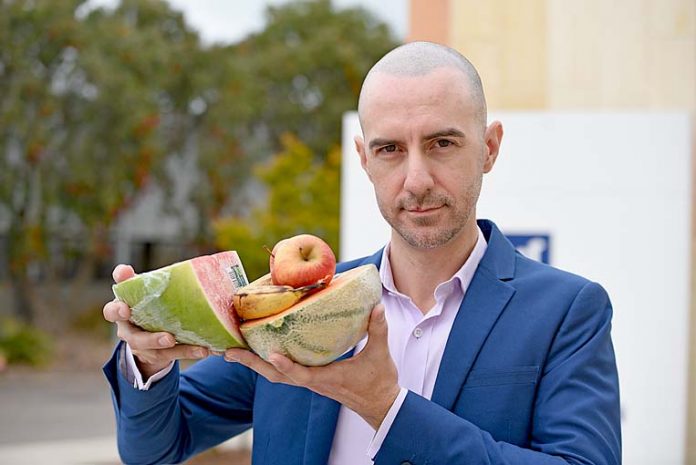

A UNPRECEDENTED health snapshot has revealed potentially alarming levels of high blood pressure among the Limestone Coast’s population, which is a major risk factor for heart disease.
The ground-breaking study – undertaken by University of South Australia health researchers – shows a staggering one in three people in the region have high blood pressure/hypertension.
This statistic is compelling given the state average is one in 10 people.
The findings, unveiled at the university’s campus in Mount Gambier by lead investigator Dr Matthew Leach, also show high levels of depression, anxiety, sleep disorders and allergies across the region.
Speaking to The Border Watch, Dr Leach said the health study was the largest ever conducted in regional SA and revealed a disparity between health and well-being of regional residents compared with their city counterparts.
The key research also revealed one in four people in the Limestone Coast struggled with depression.
“Mental health is a particularly important issue in rural communities with levels much higher when you get further and further away from metropolitan centres,” Dr Leach said.
The survey – conducted by the university’s rural health department – questioned more than 700 residents across the Limestone Coast.
“The stand-out item in terms of healthcare need is hypertension and high blood pressure,” Dr Leach said.
He said hypertension/high blood pressure was an important risk factor for heart disease, stroke, diabetes and dementia.
Dr Leach said this statistic could be linked with Limestone Coast residents not consuming the recommended daily intake of fruit and vegetables.
“Even though fruit and vegetable consumption is slightly higher than their metropolitan colleagues, it is still far lower than what is recommended,” he said.
“Generally, we should be having two serves of fruit and five serves of vegetables per day for adults, in the Limestone Coast around half of people are meeting their minimum requirements for fruit and around 15pc for vegetables.”
He said the lack of vegetable consumption was a key issue across the nation.
“The consumption of vegetables is particularly important for staving cardiovascular disease and is important for digestive health,” Dr Leach said.
“It is an important risk factor.”
But he said it was not all “doom and gloom” with risk factors modifiable by improving physical activity, an uptake in vegetables, increasing fibre and lowering salt.
“Lifestyle and diet issues can be tackled for most people, unless they are genetic,” he said.
While health professionals advised people to undertake these changes, the health researcher said unfortunately they did not “always comply”.
He said education was an important step in improving people’s health and wellbeing, along with changing culture and behavioural factors.
Dr Leach revealed the survey also looked into fast food habits and whether there was a gap in health providers.
Survey participants were also questioned in terms of their satisfaction with regionally-based health professionals.
He said more than 70pc of participants were satisfied with the care from health professionals.
Dr Leach revealed there were relatively high rates of health care utilisation – including GPs, pharmacists, dentists, massage therapists and chiropractors – in the Limestone Coast compared with metropolitan SA.
“But despite the high level of health care use, about half of people surveyed in the Limestone Coast felt they were unable to access health care services when they felt it was needed – primarily because of distance and cost,” he said.
“What this suggests is there is unmet health care need in the region.”
While the participants were not questioned about a particular hospital, it did include health care professionals providing services within a hospital setting.
Dr Leach said the survey results could be useful in attracting and retaining regionally based health care providers, such as dietitians, as well as upskilling the general practitioner workforce.
“We need a multidisciplinary team approach to look at these issues given not one size fits all in terms of hypertension and cholesterol,” he said.







